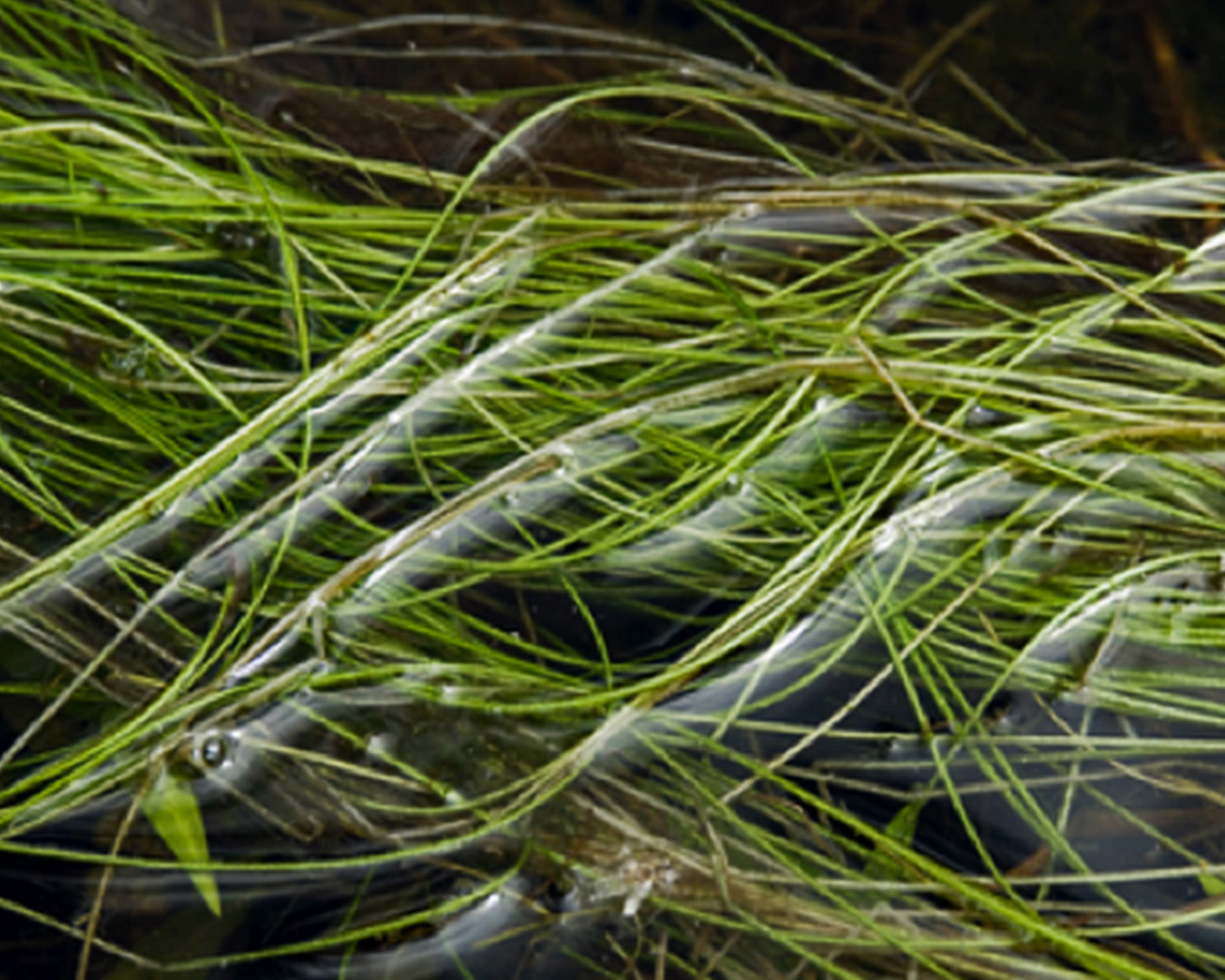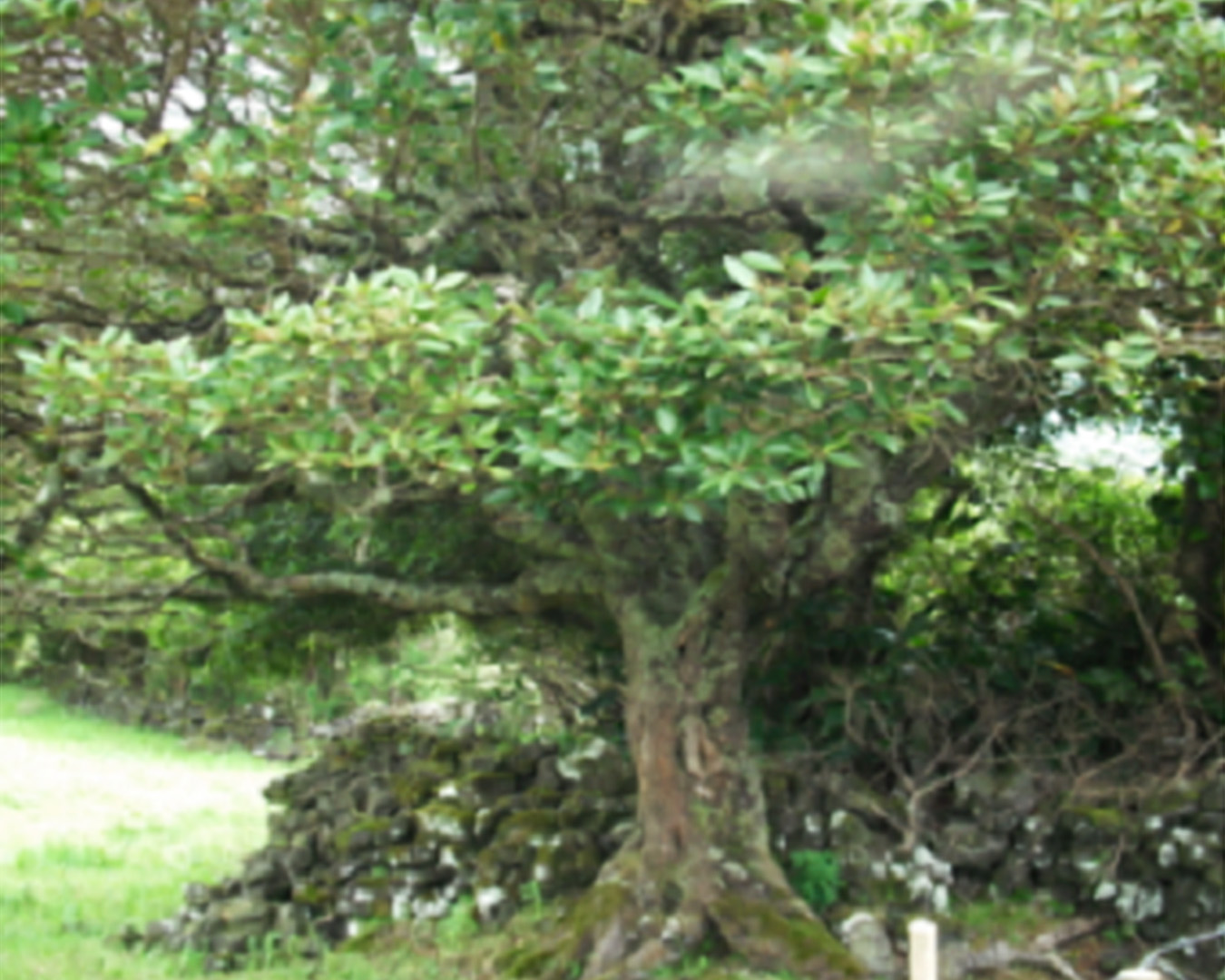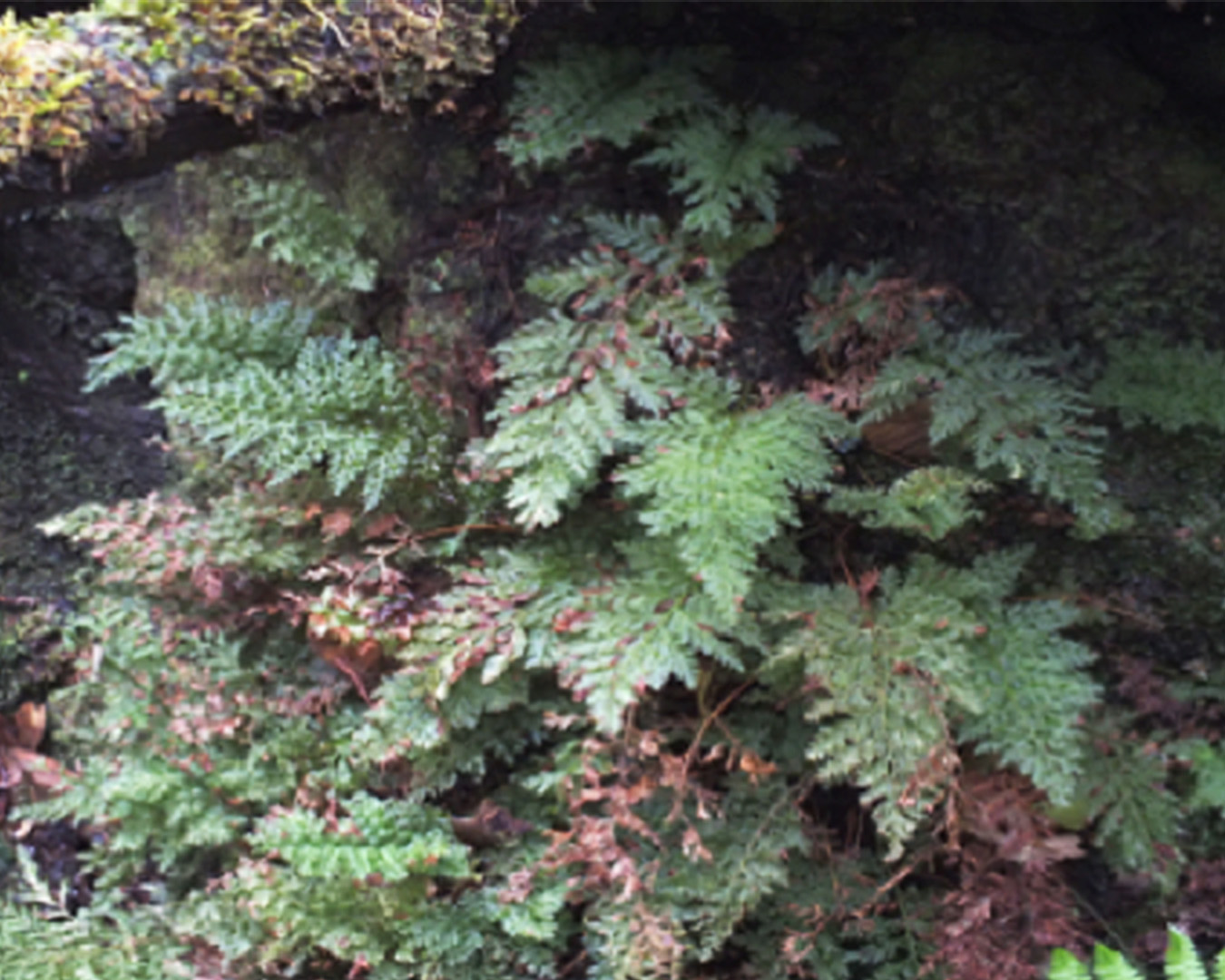
| Acronym: | PO ACORES 2020-2015-CONNECT-G |
| Cost Center: | 630 |
| Operation Code: | ACORES-01-0145-FEDER-000061 |
| Title: | Assessment of the impact of the functional structure of ecological corridors on the conservation of genetic biodiversity of endangered species |
| Start-End: | 23-09-2016 - 31-10-2022 |
| Entidade Beneficiária Principal: | Fundação Gaspar Frutuoso |
| Gestores da FGF: | Lúcia Cláudio |
| Responsible Researcher: | Eduardo Manuel Ferreira Dias |
| Organic Units: | FCAA - Faculdade de Ciências Agrárias e do Ambiente |
| R&D Units: | CBA - Centro de Biotecnologia dos Açores |
| Entidade | Montante |
|---|---|
| Total Eligible Cost | 151.458,80 € |
| Direção Regional da Ciência e da Tecnologia (15.0 %) | 22.718,82 € |
| PO Açores 2020 - FEDER (85.0 %) | 128.739,98 € |
Main Objectives:
Evaluate the efficiency of different types of ecological corridors in the gene flow of some endangered species in the Azores.
Increase Scientific Production of Quality and Oriented to Intelligent Specialization.
To this end, the project is divided into two types of secondary objectives.
Scientific Objectives:
1) To assess the correlation between the type of ecological corridor and genetic diversity in threatened species;
2) Determine the most suitable corridor length to be effective;
3) Evaluate new genome sequencing technologies in determining the efficiency of ecological corridors.
General objectives:
4) Improve the conservation of genetic resources for sustainable management;
5) Provide tools for end users;
6) Disseminate results to society and the scientific community.
Project Description:
It is estimated that island ecosystems encompass more than 30% of the world's biodiversity hotspots, making them perfect laboratories to study the impact of ecological corridors on the genetic diversity of threatened species, which can be extrapolated to larger ecosystems. Knowing gene flow patterns is critical for landscape conservation planning and advising on conservation strategies. Several international government entities support measures to promote connectivity between habitats and increase exchanges between fragmented populations. The functionality of corridors in the maintenance of gene flow has not been studied, although dispersion and gene flow are basic conditions to ensure the persistence of populations. The fragmentation of the Azores' habitats is a reality, with large pristine areas (natural mosaics - part of the Natural Parks) and with a dense cut of the remaining traditional landscape, with hedges and vegetation alignments, potential ecological corridors.
In some cases they may be working, in others the disruption of the landscape's regulatory capacity is evident, and in other cases, we can only suspect, due to lack of studies, that the endemic populations are locally protected but globally at risk due to gene flow disruption, small population size and inbreeding. It is a central problem in biodiversity conservation, but overlooked due to validation difficulties.
The target species are: Isoetes azorica (Lycophyta–plants with spores); Trichomanes speciosum (Pteridophyta–fetus); Picconia azorica, Vaccinium cylindraceum, Angelica lignensis and Lactuca watsoniana (Magnoliophyta–flowering plants); and Hipparchia azorina (Lepidopera–butterflies), because they represent distinct and endemic functional groups, with different population structures and ecological corridor requirements, representing a large group of species beyond the Azores. Ecological corridors considered: Terceira Island: Lagoa do Negro-Chambre; Serreta back. Pico Island: Mystery of Sta. Lucia; Mysteries of Prainha; Central ridge of the island. Faial Island: Capelo Park; Northern Great Forest Patch. Inter-islands, corridors established by stepping stones for the flow of birds: Pico-Faial; Pico-Terceira.
The evaluation of the efficiency of ecological corridors will be carried out using ecological and genetic methods, through traditional molecular analyzes and state-of-the-art genome sequencing (NGS) technologies. Seed and pollen dispersal will be assessed using GIS techniques, environmental monitoring and field assessments.
This project consists of 6 work packages (WPs) in which it is intended to explore the genetic diversity of populations of the target species in 9 types of ecological corridors (WP4) as well as to determine the biology and seed and pollen dissemination pattern of these species (WP2 and WP3). In WP5 the data obtained will be integrated into a wider ecological context. The knowledge generated will be the basis for an increase in national intellectual capacity and will reach researchers, local and international organizations due to a robust management structure and communication and dissemination scheme (WP1 and WP6).
Results:
The results of the project aim to counteract the fragmentation of habitats and stimulate the development of ecological networks and corridors. These are essential measures to reduce the loss of biodiversity, being in accordance with the objectives of international guidelines for the protection of the environment and species, such as “Aichi targets”, Convention on Biological Biodiversity, FAO, Strategic Plan for Biodiversity 2011-2020, and in other Nature Conservation and Biodiversity treaties. It will also be important in the preparatory action BEST (regional policy) which expresses the importance of preserving the Biodiversity of the EU's outermost regions and of supporting actors linked to it. This project will also have an impact on end-users (policy makers, rural extension promoters, farmers, society in general and science), by increasing decision-making and intellectual capacity, access to additional sources of information, and improving networking, communication and awareness.
In more detail, the results aim to identify changes in biodiversity, resulting from the variation between ecosystems and ecological corridors; determine the degree of efficiency of ecological corridors in terms of genetic exchanges and maintenance of levels of diversity among target species; and develop guidelines for possible measures to avoid, minimize or compensate for biodiversity losses through ecological corridors.








